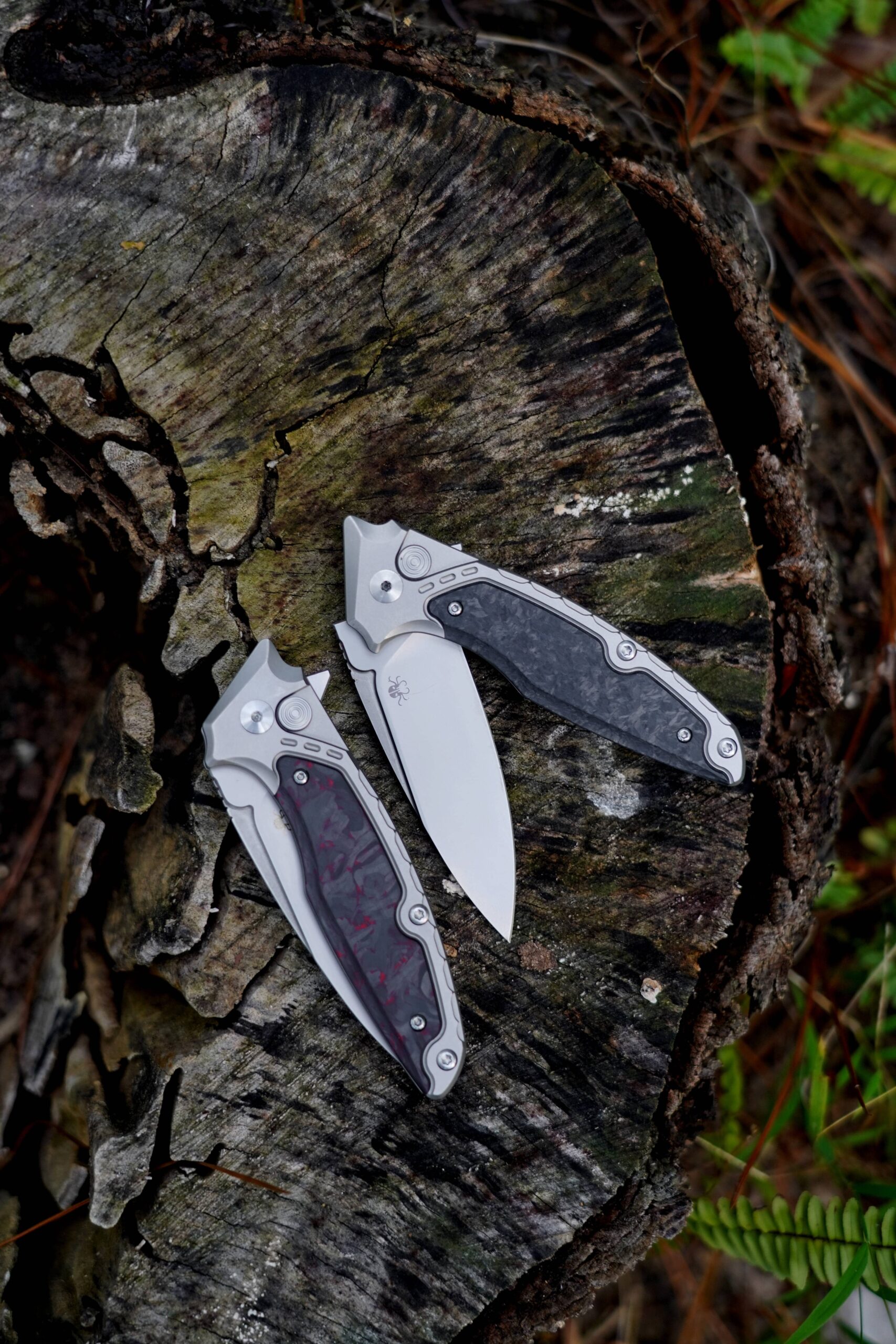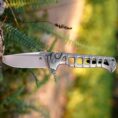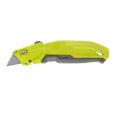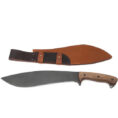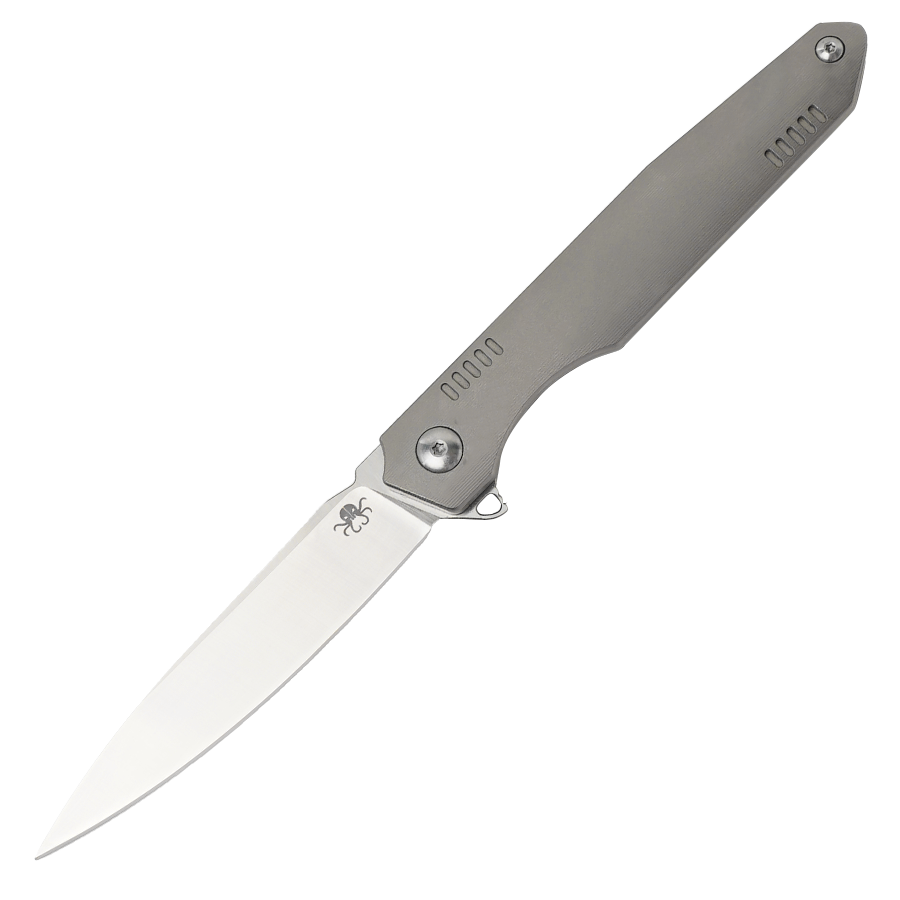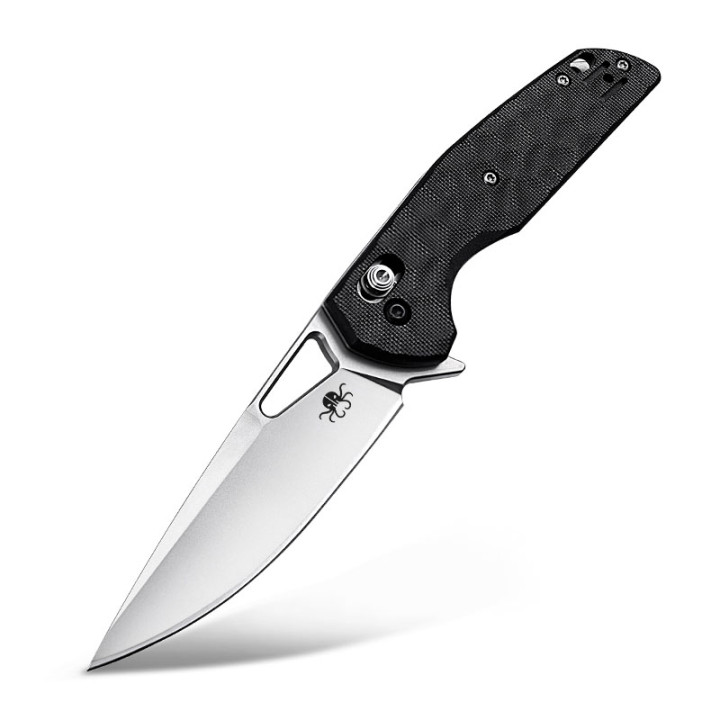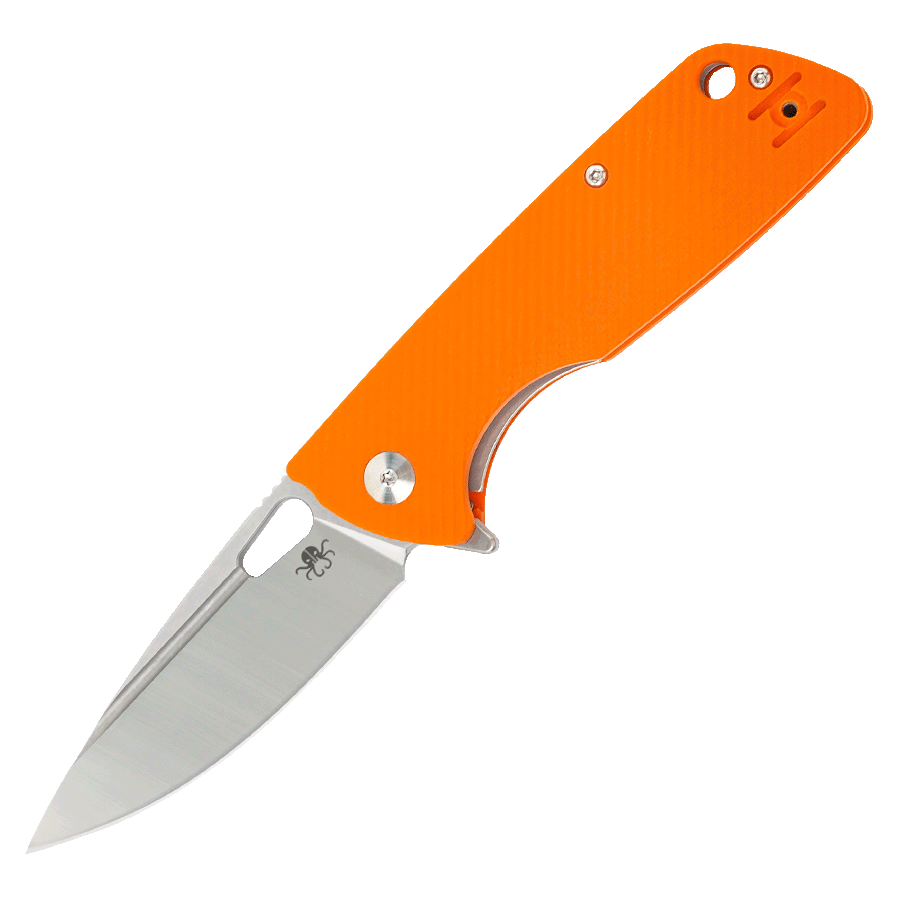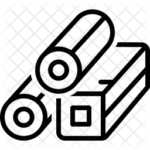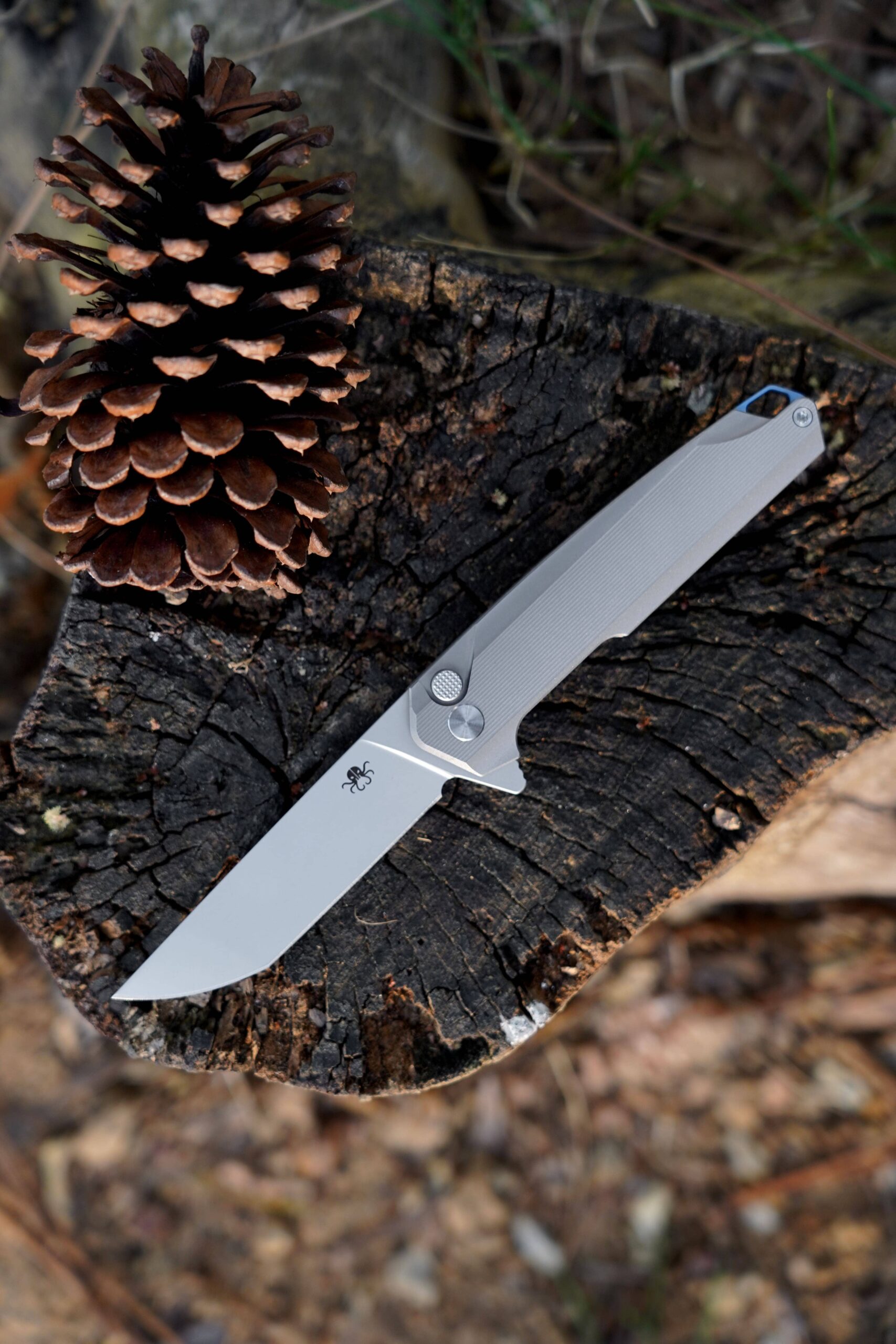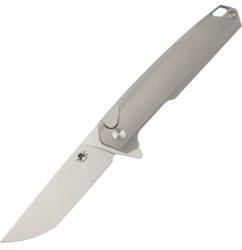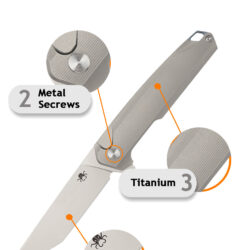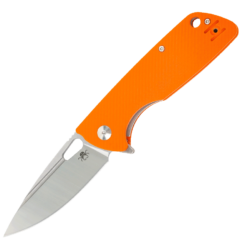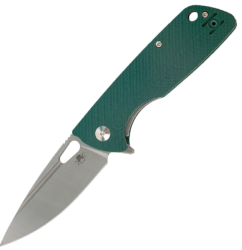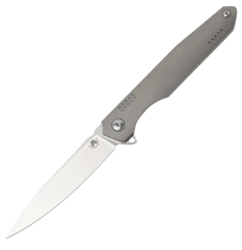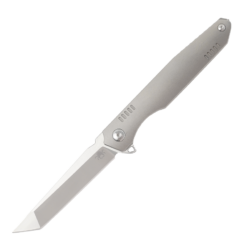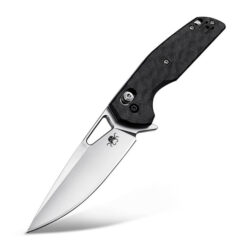Blade Shapes: Straight Edge, Serrated, or Dual-Edged? Find Your Match
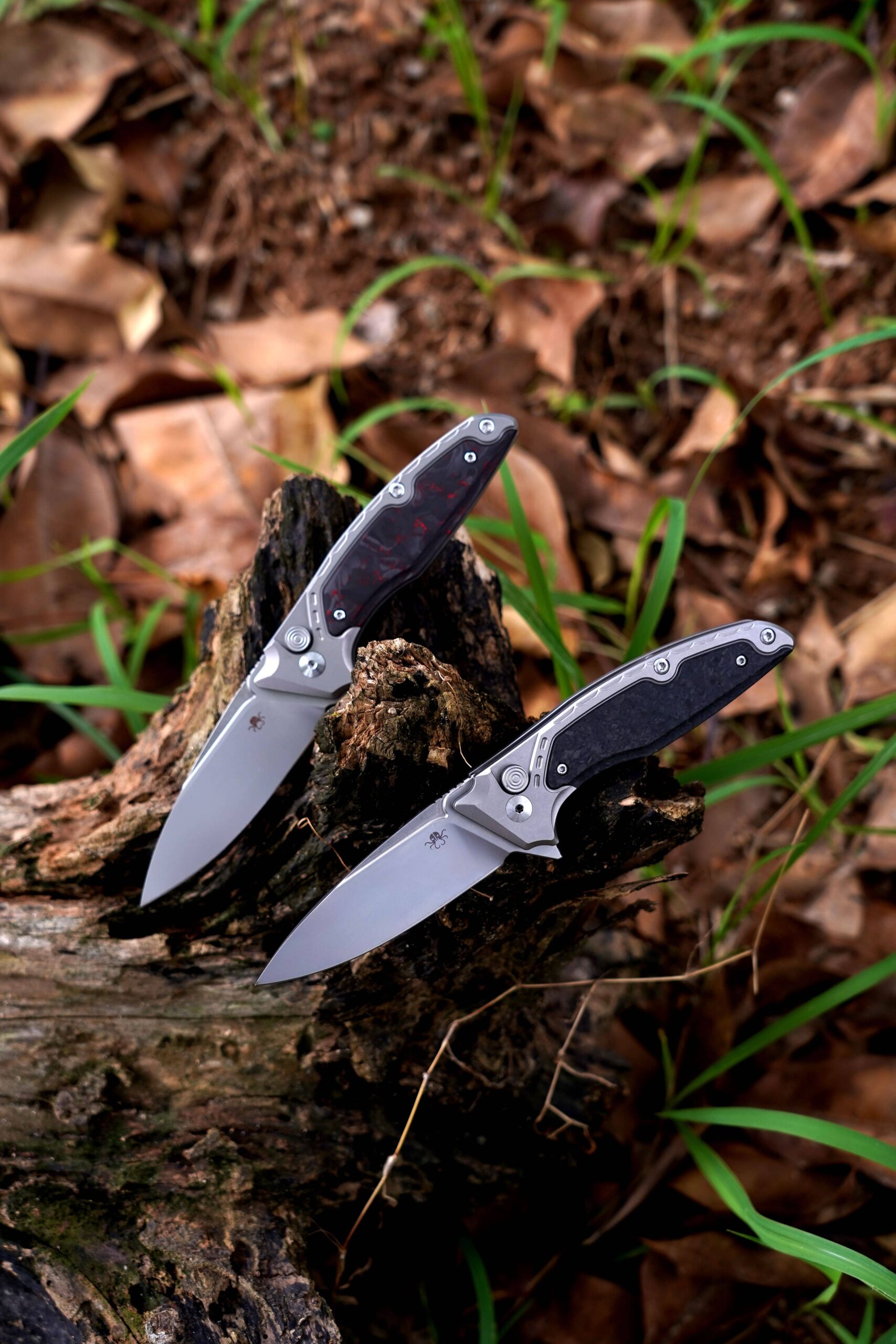
The shape of a knife blade is not just about aesthetics; it directly influences how the knife performs in different tasks. From precise slicing to aggressive cutting, each blade shape is designed with a purpose. In this comprehensive guide, we’ll explore the most common blade shapes – straight edge, serrated, and dual-edged – along with their strengths, weaknesses, and ideal applications. By the end, you’ll have a clear understanding of which blade type suits your needs best.
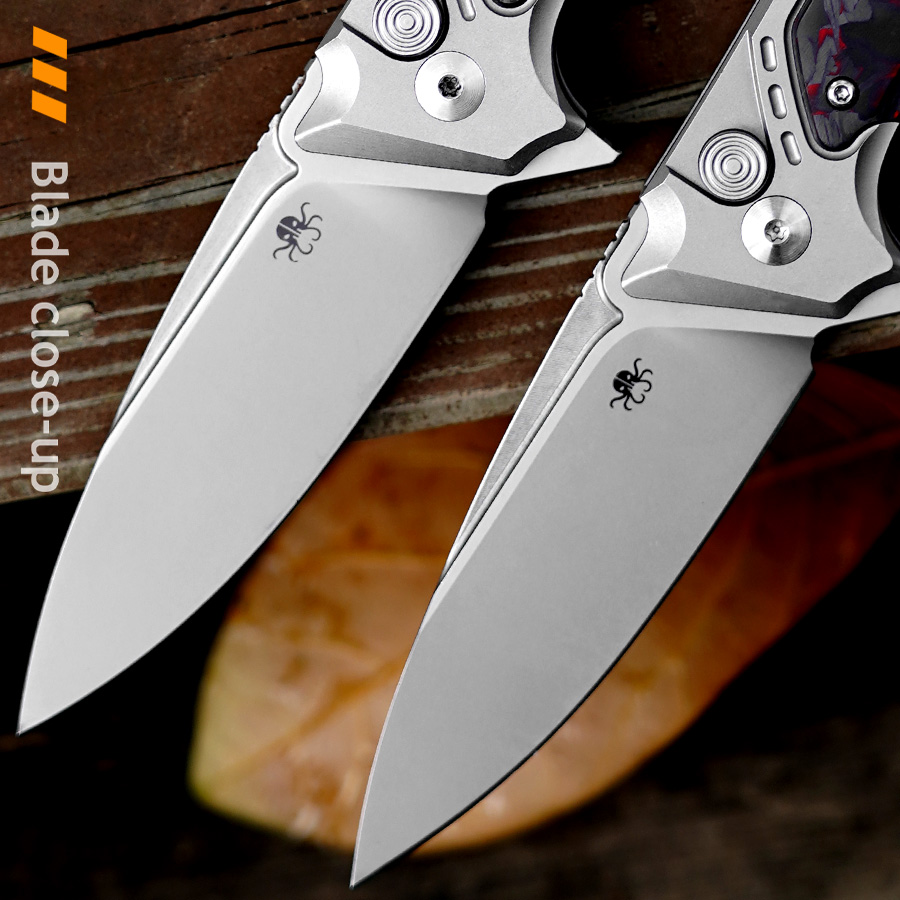
Chapter 1: Why Blade Shape Matters
The blade’s shape determines its functionality, efficiency, and versatility. Whether you’re a chef, an outdoor enthusiast, or someone looking for an everyday carry (EDC) knife, choosing the right blade shape is essential for maximizing performance.
1.1 Performance and Purpose
Each blade shape is tailored to specific tasks:
Straight Edge: Perfect for clean, precise cuts.
Serrated Edge: Designed for tough, fibrous materials.
Dual-Edged: Offers versatility with a combination of features.
1.2 User Preferences
Blade shape can also impact the knife’s ease of use and maintenance:
Straight edges are easier to sharpen.
Serrated edges retain their cutting power longer without sharpening.
Dual-edged blades provide a balance but can be more complex to maintain.
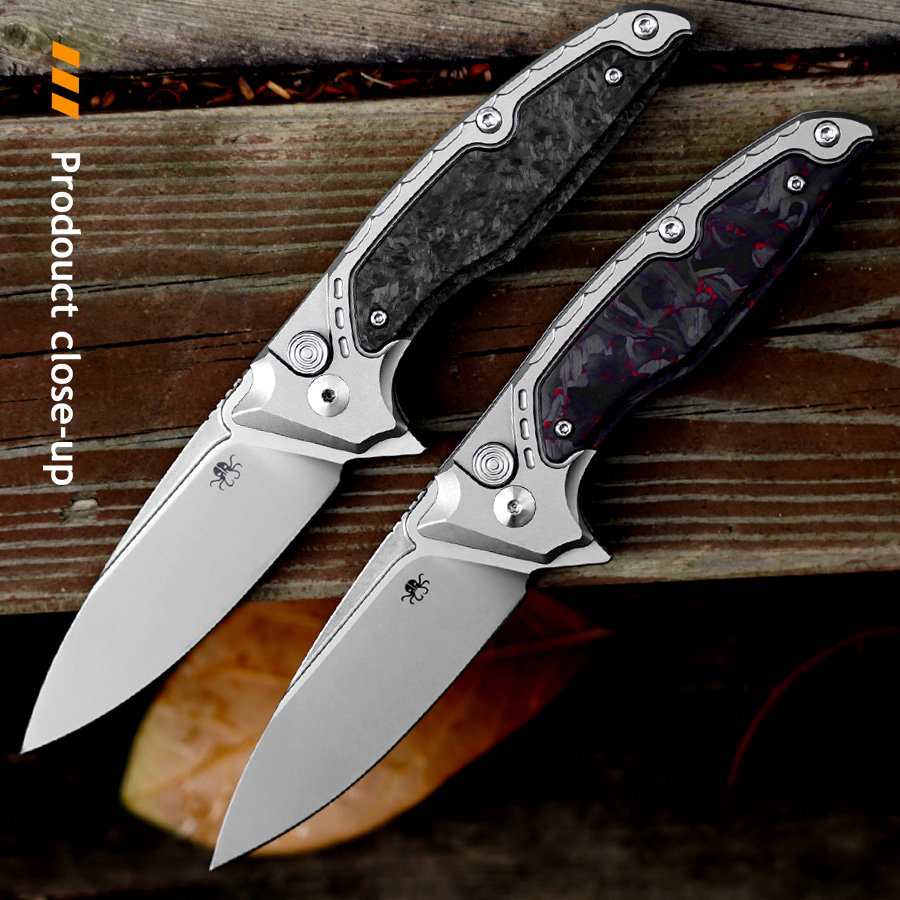
Chapter 2: Straight Edge Blades – Precision and Simplicity
Straight edge blades, also known as plain edges, are the most common and versatile blade type. Their simplicity and precision make them suitable for a wide range of cutting tasks.
2.1 Characteristics of Straight Edge Blades
Smooth Cutting Surface: The lack of teeth or serrations ensures a clean cut.
Sharp Point: Ideal for detailed work and precision slicing.
Ease of Sharpening: Can be maintained with simple tools like whetstones or honing rods.
2.2 Advantages
Excellent for slicing and push cuts.
Ideal for chefs, woodworkers, and everyday tasks.
Allows for clean, controlled cuts without tearing material.
2.3 Disadvantages
Struggles with cutting tough or fibrous materials.
Requires regular maintenance to keep the edge sharp.
2.4 Best Uses
Culinary Tasks: Slicing fruits, vegetables, and meat.
Everyday Use: Opening packages or cutting paper.
Woodworking: Precision carving and shaping.
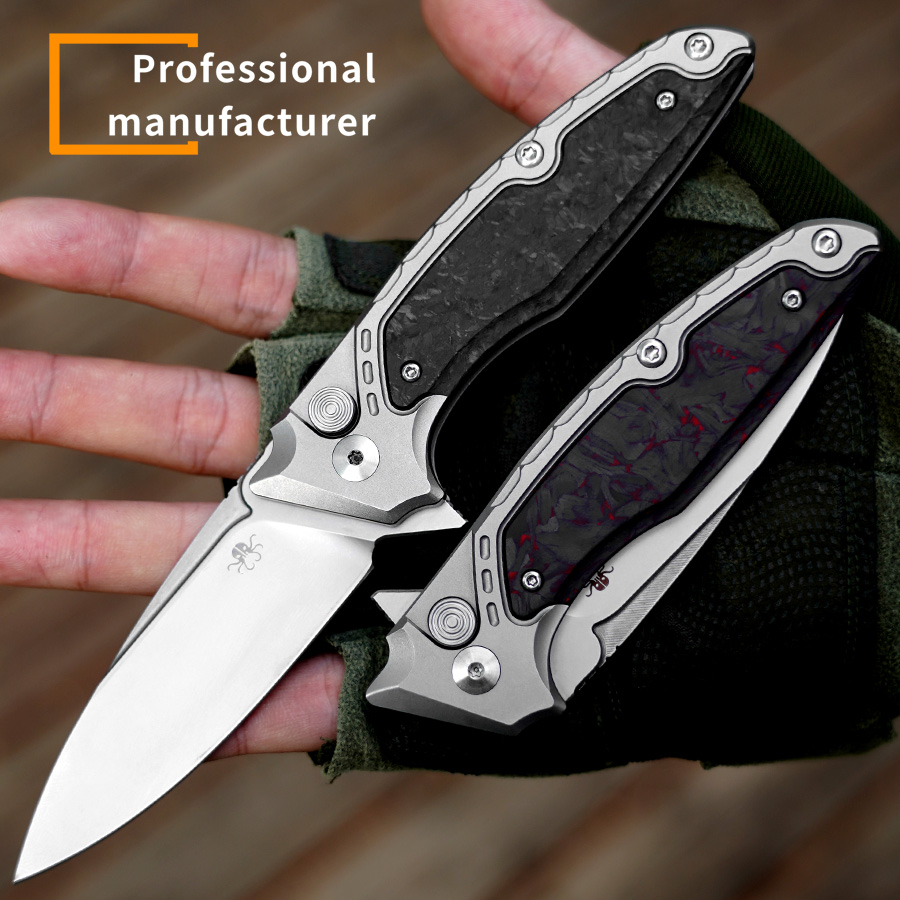
Chapter 3: Serrated Edge Blades – Aggressive Cutting Power
Serrated blades are characterized by their saw-like teeth, which excel in cutting through tough, fibrous, or slippery materials. They are often found in bread knives, survival knives, and utility tools.
3.1 Characteristics of Serrated Edge Blades
Saw-Like Teeth: The serrations grip the material and tear through it with minimal effort.
Reduced Friction: The teeth create less drag, allowing for smoother cutting.
Long-Lasting Edge: Serrated blades retain their cutting power longer than straight edges.
3.2 Advantages
Superior performance on tough materials like rope, fabric, and bread.
Requires less effort to cut through resistant surfaces.
Retains functionality even when slightly dull.
3.3 Disadvantages
Difficult to sharpen without specialized tools.
Can tear materials, leaving a rough edge.
Less suitable for precise or delicate tasks.
3.4 Best Uses
Culinary Tasks: Slicing bread or tomatoes without crushing.
Outdoor Activities: Cutting rope, webbing, or vegetation.
Rescue and Tactical Tools: Quick cutting through seat belts or clothing in emergencies.

Chapter 4: Dual-Edged Blades – Versatility at Its Best
Dual-edged blades combine the features of straight and serrated edges, offering versatility for users who require both precision and cutting power.
4.1 Characteristics of Dual-Edged Blades
Combination Edge: The blade is divided into a straight edge section and a serrated edge section.
Balanced Design: Allows for a wide range of cutting tasks without switching tools.
Complex Maintenance: Requires sharpening both edges separately.
4.2 Advantages
Versatile and multifunctional.
Ideal for users who encounter varied cutting tasks.
Saves space by combining two blade types in one.
4.3 Disadvantages
Requires dual maintenance, which can be time-consuming.
May not perform as well as dedicated straight or serrated blades for specific tasks.
4.4 Best Uses
Tactical and Survival Knives: Preparedness for diverse situations.
Utility Tools: Suitable for both fine and heavy-duty tasks.
Outdoor Adventures: Adaptable to changing conditions.
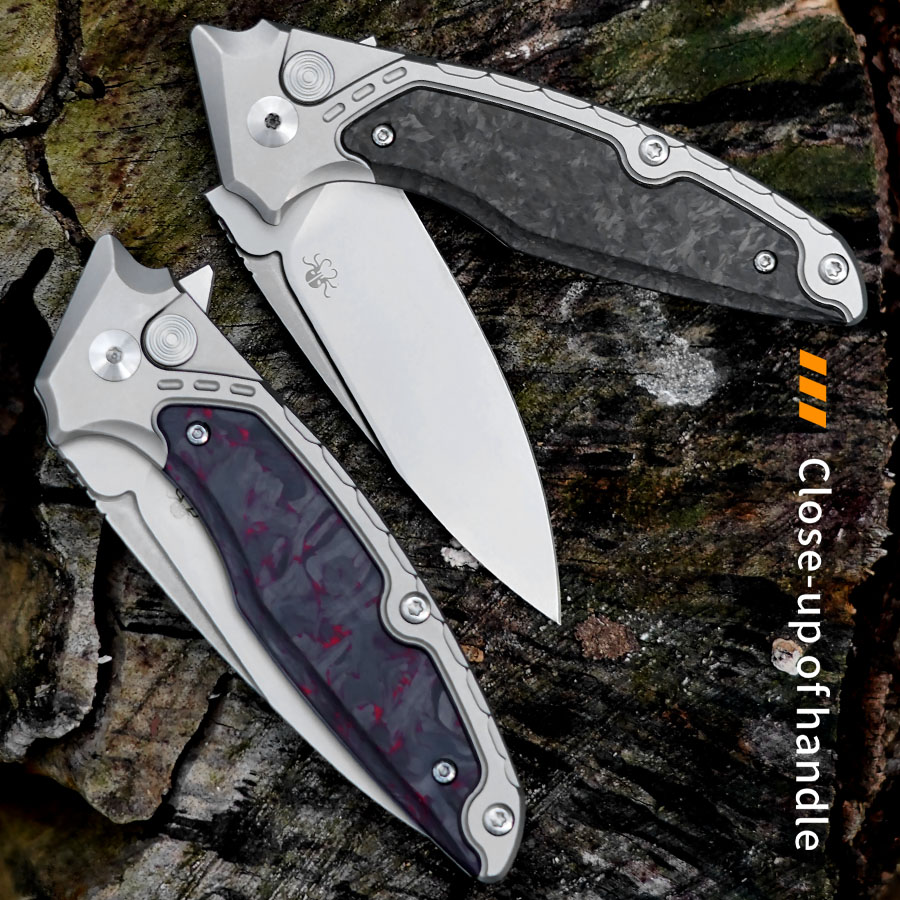
Chapter 5: Specialty Blade Shapes
In addition to the three main types, there are several specialty blade shapes designed for niche applications:
5.1 Drop Point Blades
Features: A convex curve from spine to tip.
Advantages: Strong tip and excellent for general use.
Common Uses: Hunting and EDC knives.
5.2 Tanto Blades
Features: A sharply angled tip with a straight edge.
Advantages: Superior piercing ability and strength.
Common Uses: Tactical and combat knives.
5.3 Clip Point Blades
Features: A concave curve creating a sharper tip.
Advantages: Ideal for precision tasks and detailed work.
Common Uses: Pocket knives and outdoor tools.
5.4 Sheepsfoot Blades
Features: A straight edge with a blunt spine.
Advantages: Safe for controlled slicing.
Common Uses: Rescue knives and culinary tools.
5.5 Wharncliffe Blades
Features: A straight edge with a gradually sloping spine.
Advantages: Excellent for precision cuts.
Common Uses: Utility and craft knives.
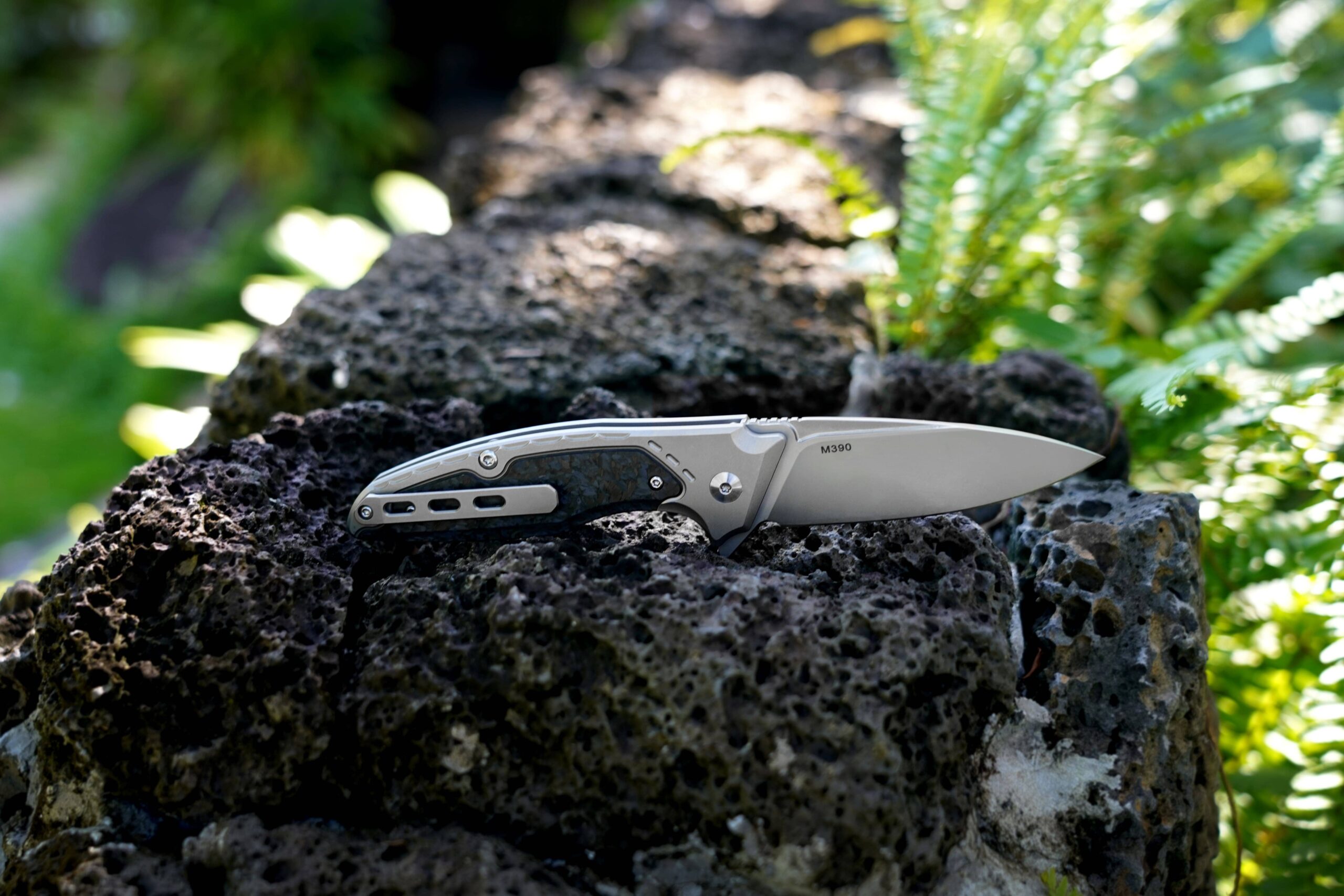
Chapter 6: Comparing Blade Shapes
| Property | Straight Edge | Serrated Edge | Dual-Edged |
|---|---|---|---|
| Cutting Precision | High | Moderate | Moderate |
| Ease of Sharpening | Easy | Difficult | Moderate |
| Cutting Tough Materials | Moderate | High | High |
| Versatility | Moderate | Low | High |
| Maintenance | Low | High | High |
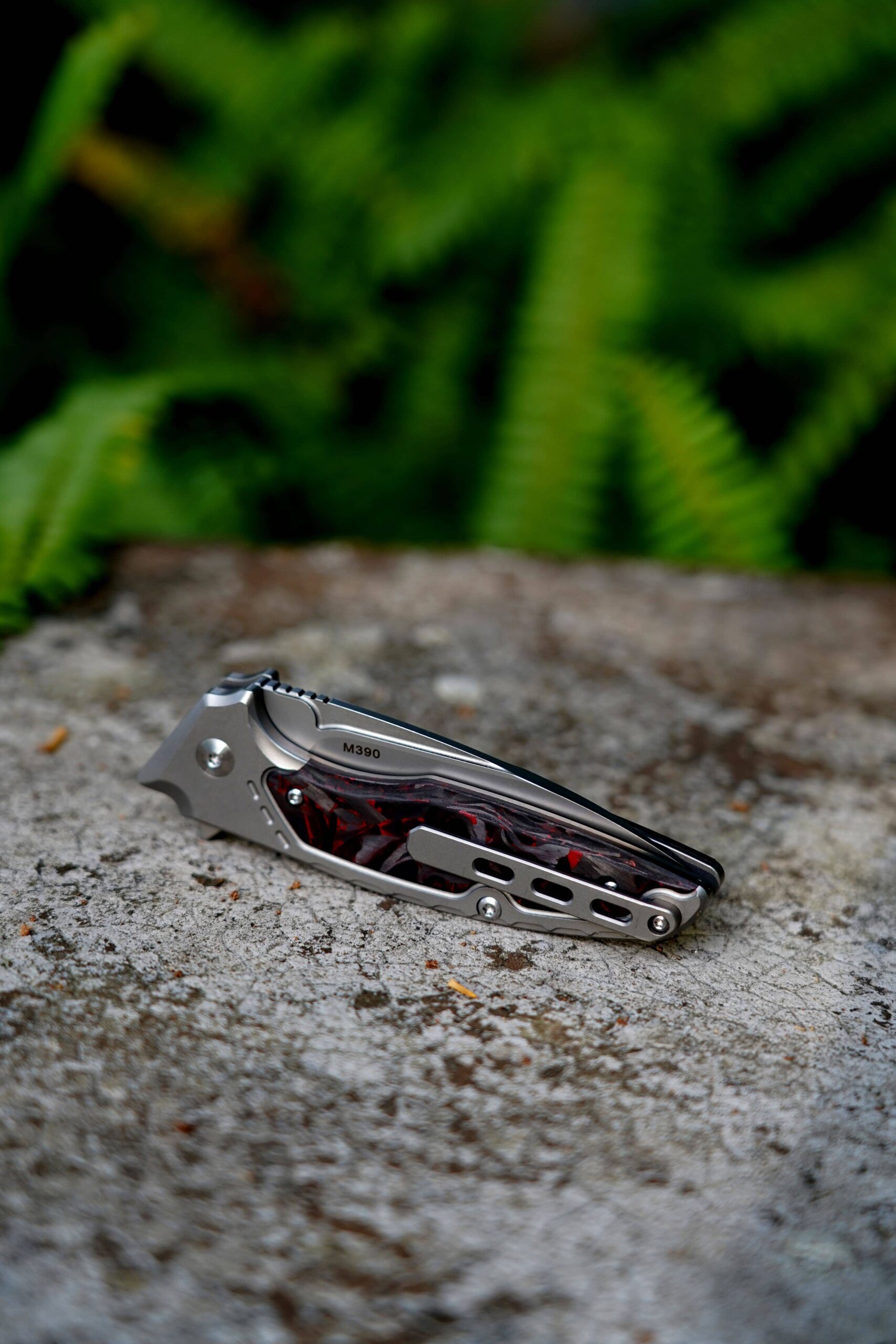
Chapter 7: Choosing the Right Blade Shape
7.1 Consider Your Tasks
Everyday Use: Straight edge for precision and ease of maintenance.
Outdoor Activities: Serrated or dual-edged for versatility.
Specialized Tasks: Specialty shapes like drop point or tanto for specific needs.
7.2 Evaluate Your Skill Level
Beginners may prefer straight edges for ease of maintenance.
Advanced users can benefit from the versatility of dual-edged blades.
7.3 Budget and Availability
Straight edges are widely available and affordable.
Serrated and dual-edged blades may come at a premium.

Chapter 8: Conclusion
Choosing the right blade shape depends on your specific needs, preferences, and intended use. Straight edges offer precision and simplicity, serrated edges excel in cutting tough materials, and dual-edged blades provide versatility for diverse tasks. By understanding the strengths and weaknesses of each blade type, you can find the perfect match for your cutting needs. Whether you’re a professional, a hobbyist, or an adventurer, the right blade shape will enhance your efficiency and satisfaction.
